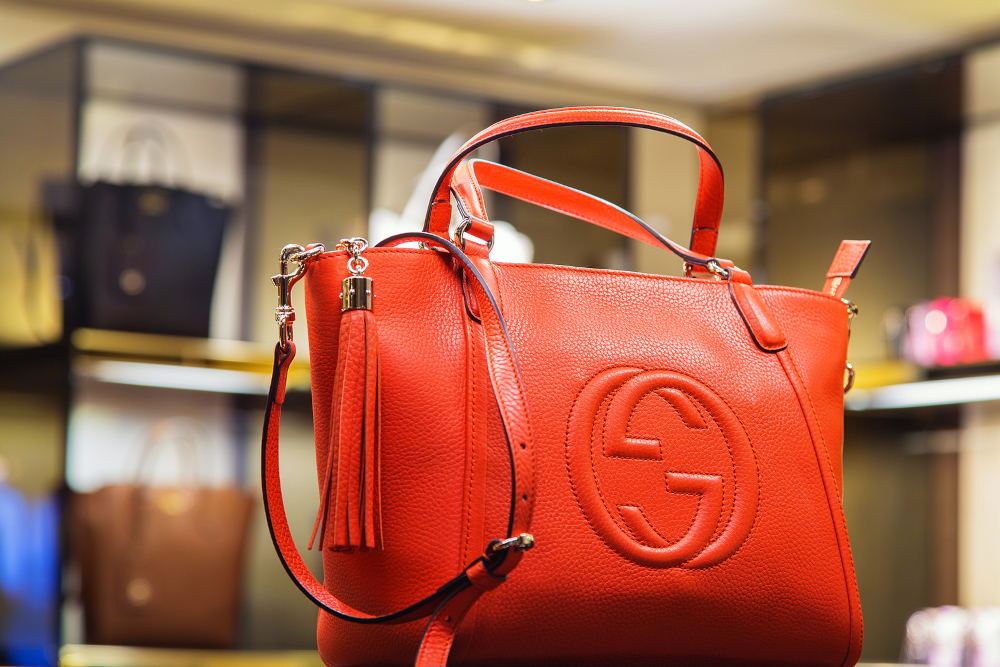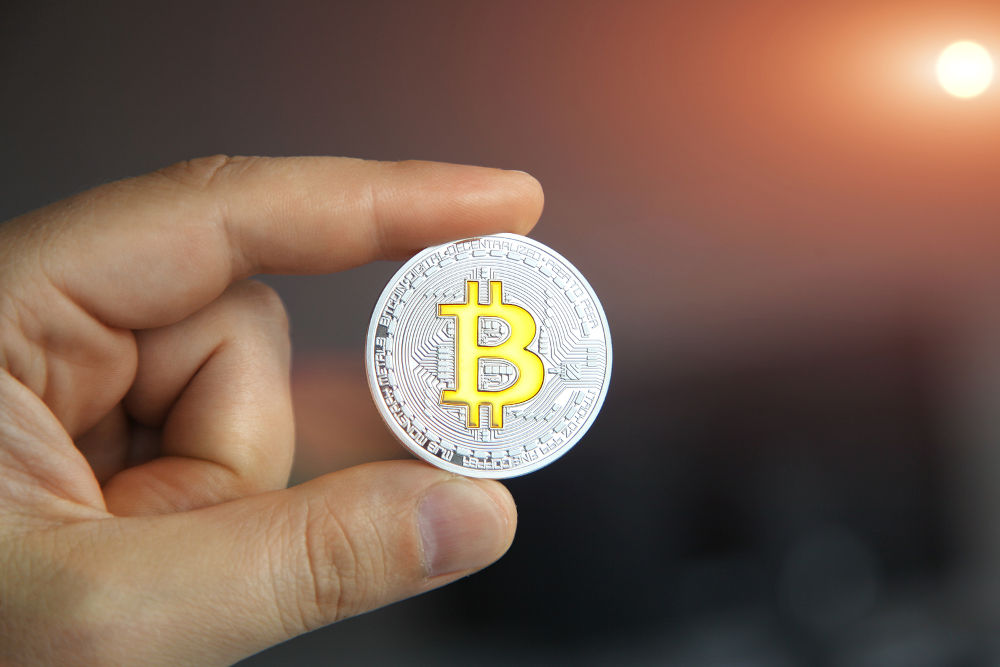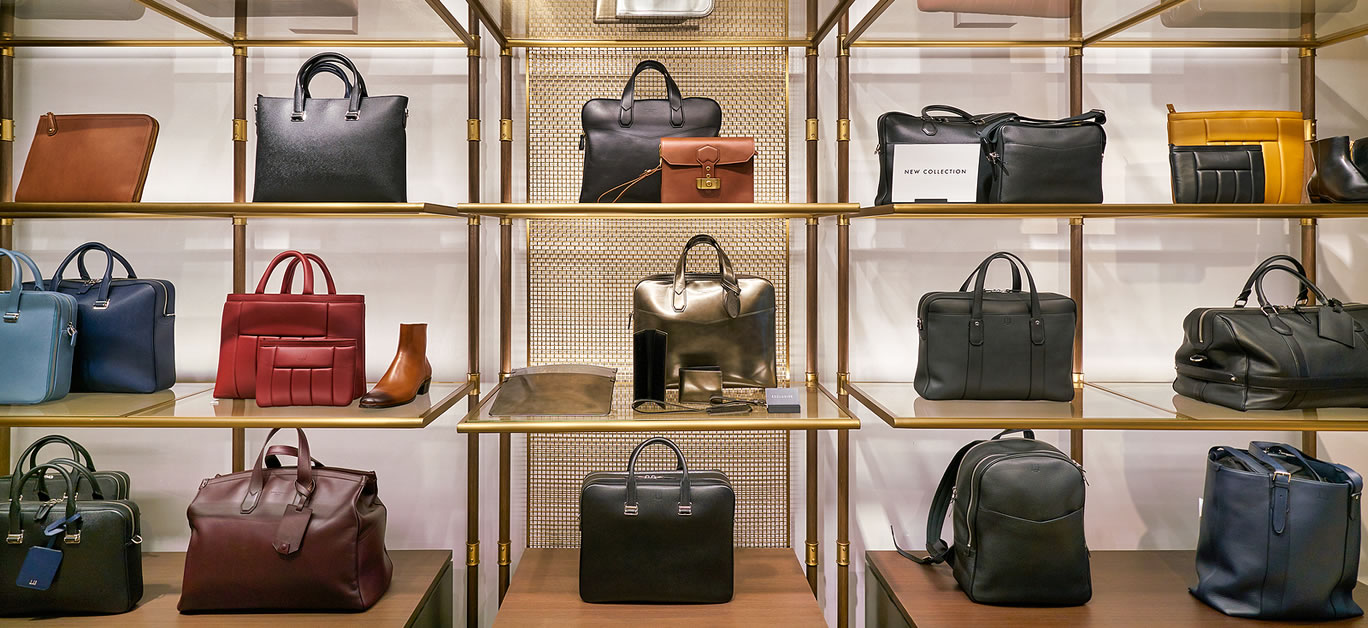Cryptocurrency has been a hot topic over the past few years, and in 2022, more of us are investing in digital assets than ever before. Now accessible to even the complete novice thanks to user-friendly platforms such as this trading app, we’re seeing a younger generation of Bitcoin investors dipping their toes into the water in a bid to capitalise on this growing trend, and despite market volatility, surging crypto prices are helping to cultivate a new crop of luxury goods consumers looking for novel ways to spend their digital fortunes.
With the luxury market having taken note of the demand for transactions using Bitcoin and alt coins like Ethereum’s Ether, it’s now possible to splurge on a high-end sports car, enjoy a designer clothing shopping spree, and invest in original artworks using crypto. NFT artwork in particular has seen a dramatic spike in interest amongst Bitcoin millionaires, with the market soon set to enjoy pre-pandemic level profits and beyond, making it an exciting time for both luxury brands and crypto traders alike.
Although Chinese consumers remain the dominant force when it comes to global luxury spending, British, European and American shoppers have boosted spending in the first quarter of 2022 in their respective nations, too. After two years of waiting to see what would happen in the world, pent-up demand is one of the most obvious reasons we’re whipping out our crypto cards and emptying our Bitcoin wallets to such an extent, but it’s not the only one.

From fashion giants like Gucci and Prada to lavish car brands such as Ferrari and Rolls Royce, it seems that we’re no longer afraid to part with our cash now that the world is returning to normal – and the fact that we can now spend our cryptocurrency fortunes on anything we like is a key driving force behind our increased willingness to splurge.
According to industry experts, the significant surge in asset value – which spans the stock market, real estate and most other luxury goods you can think of – alongside growing cryptocurrency wealth has created the perfect set of circumstances for such impressive growth. Those under 35, in particular, have been cashing in their crypto profits to invest in non-fungible tokens, designer handbags and rare jewels, with between 20 and 25 per cent of sales over the past twelve months thought to have been generated as a result of this.
With the crypto market exceeding an eye-watering $3 trillion in 2021 in spite of the ongoing global pandemic, 2022 is already looking even more promising. As a growing number of institutional and retail investors continue to pour money into digital assets, it’s inevitable that it will continue to make gains over the next twelve months and likely reach heights that have never been seen before.
It’s been a stormy start to the year for Bitcoin, with market volatility seeing its value crash and climb dramatically over just a short period of time. So far, it has climbed 62 per cent overall, although the market cap has eased down to $2.3 trillion as a result of fluctuations – but nevertheless, it could be set to be a stellar year for investors looking to turn a profit as the world continues to return to normal.

It’s estimated that by 2023, spending could surge to more than 45 per cent on the same period in 2019 – a year in which global economies were thriving before going on to take a dramatic hit with the onset of the global pandemic just months later.
Of course, the predicted growth does depend largely on the resilience of the underlying assets which allow monetisation, and volatility is a given. But nevertheless, the next two years could be some of the most exciting yet for crypto investors and traders, and the luxury market.
With more brands than ever now responding to customer demand to make cryptocurrency purchases an option, these names can expect to be rewarded handsomely as a result. As ever, it is those who adapt the most quickly who will stand to make the biggest gains – while those that do not will undoubtedly find themselves missing out on a significant chunk of spending from wealthy would-be customers who eventually decide to go elsewhere.






















